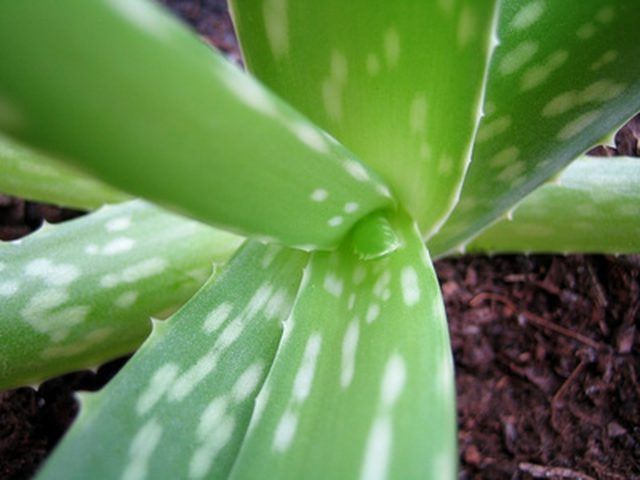Bulbs
Flower Basics
Flower Beds & Specialty Gardens
Flower Garden
Garden Furniture
Garden Gnomes
Garden Seeds
Garden Sheds
Garden Statues
Garden Tools & Supplies
Gardening Basics
Green & Organic
Groundcovers & Vines
Growing Annuals
Growing Basil
Growing Beans
Growing Berries
Growing Blueberries
Growing Cactus
Growing Corn
Growing Cotton
Growing Edibles
Growing Flowers
Growing Garlic
Growing Grapes
Growing Grass
Growing Herbs
Growing Jasmine
Growing Mint
Growing Mushrooms
Orchids
Growing Peanuts
Growing Perennials
Growing Plants
Growing Rosemary
Growing Roses
Growing Strawberries
Growing Sunflowers
Growing Thyme
Growing Tomatoes
Growing Tulips
Growing Vegetables
Herb Basics
Herb Garden
Indoor Growing
Landscaping Basics
Landscaping Patios
Landscaping Plants
Landscaping Shrubs
Landscaping Trees
Landscaping Walks & Pathways
Lawn Basics
Lawn Maintenance
Lawn Mowers
Lawn Ornaments
Lawn Planting
Lawn Tools
Outdoor Growing
Overall Landscape Planning
Pests, Weeds & Problems
Plant Basics
Rock Garden
Rose Garden
Shrubs
Soil
Specialty Gardens
Trees
Vegetable Garden
Yard Maintenance
Care Instructions For Aloe Vera Plants
Care Instructions For Aloe Vera Plants. Aloe vera, also known as Barbados aloe or burn plant, is a succulent perennial valued for its attractive leaves, ease of growth and medicinal properties. The plant blooms during late spring and early summer, producing a large flower stalk that rises from the center of the foliage. Flowers appear in shades of...

Aloe vera, also known as Barbados aloe or burn plant, is a succulent perennial valued for its attractive leaves, ease of growth and medicinal properties. The plant blooms during late spring and early summer, producing a large flower stalk that rises from the center of the foliage. Flowers appear in shades of red, yellow, orange or pink, depending on the cultivar. The sap from aloe's green leaves soothes burns, making it a popular medicinal herb in kitchen windows across the country. Native to Africa, aloe vera plants require a warm environment, and American gardeners typically grow them indoors.
Things You'll Need
Potting soil
Coarse sand
Fertilizer
Container
Keep aloe vera plants in a location that receives bright sunlight such as a south- or west-facing window. Use a growing medium made of two parts potting soil and one part coarse sand to provide adequate drainage.
Maintain a consistent temperature of 60 to 80 degrees F during the day and about 55 degrees at night for optimal growth. Never allow the temperature to drop below 40, or the plant will suffer cold damage.
Water aloe vera plants about once per week, or whenever the surface of the soil is completely dry, during the first two months of growth to help establish the plant. Reduce the watering frequency thereafter to one thorough soaking once every two to three weeks.
Feed once per year during early spring using a 10-40-10 bloom-boosting fertilizer. Water the soil lightly before and after applying to release the nutrients and prevent root burn. Apply following the manufacturer's directions for the best results.
Re-pot aloe vera plant once every three to four years, or whenever the plant has outgrown its container. Increase the size of the new pot by 3 to 4 inches and use a fresh growing medium to ease the shock of the transplant.
Tips & Warnings
Grow aloe vera outdoors in zones 9 through 11 only. Plant in a location with full sunlight and well-drained soil. Water once every 10 days during the first month, and only during periods of drought thereafter. Feed once per year during early spring using a 10-40-10 fertilizer.
Container-grown aloe vera plants benefit from spending warm spring and summer months outdoors. Bring the plant back indoors before the first frost.
Remove the flower stalk immediately after blooming ends to help the plant conserve nutrients.